The Truth Behind Palmistry: Ancient Wisdom in Modern Times
Delve into the world of palmistry and discover how this ancient practice holds truths about our lives and futures, adapted for the contemporary seeker.
article by Nora Pennington
An Introduction to Palmistry
Palmistry, also known as chiromancy, is the art of interpreting the lines and features of the hands to reveal personal insights, characteristics, and potential future events. Its roots can be traced back thousands of years to various civilizations, which adds a layer of mystique and wisdom to its practice. Despite skepticism and scientific scrutiny, palmistry continues to find relevance in the modern era, bridging the gap between ancient knowledge and contemporary curiosity.
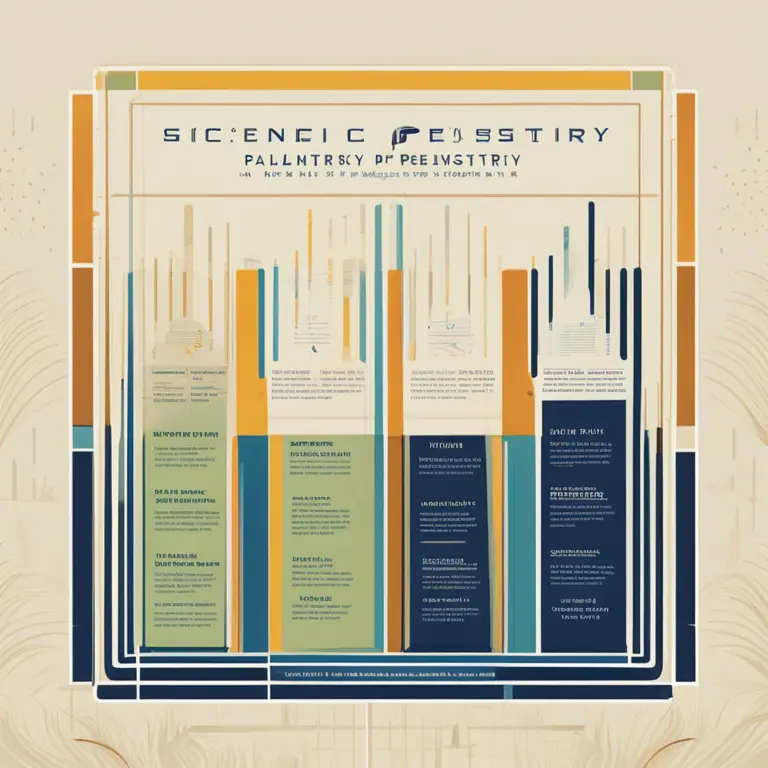
Scientific Perspectives on Palmistry
While skeptics may dismiss palmistry as a pseudoscience, there has been research suggesting that the lines on our palms are not merely coincidental. Studies in dermatoglyphics indicate that our fingerprints and palm lines, which are unique to each individual, may have connections to genetic and neurological developments. In this light, palm reading is seen not as fortune-telling but as a nuanced language of the human body that can provide insights into a person's psychology and health.
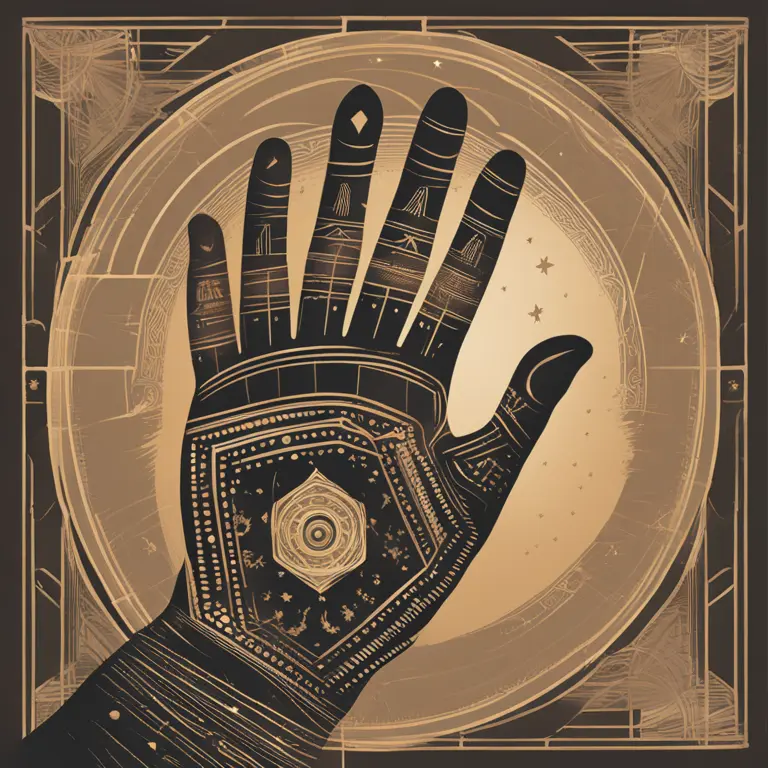
Palmistry in the Digital Age
The ancient practice of palmistry has seamlessly transitioned into the digital world. With the advent of advanced imaging and analytical technologies, palm readers can now offer their services online, reaching a global audience interested in self-discovery. Moreover, palmistry apps and interactive websites leveraging algorithms based on traditional palm-reading principles have emerged, providing personalized readings to users around the clock.
The Influence of Palmistry Across Cultures
Palmistry's universal appeal can be seen in its widespread practice across various cultures. Whether it's the Hast Samudrika Shastra of India, the Chinese art of palm reading, or the Western adaptations by notable figures such as Cheiro, the underlying premise remains impactful: our hands can tell stories. This cross-cultural aspect enhances palmistry's credibility and underscores its enduring place in the human quest for understanding oneself and one's path.
Personal Testimonies and Experiences
Countless individuals attest to the accuracy and helpfulness of palmistry readings. Testimonies often highlight instances of precise personality assessments, accurate reflections of past events, and even guidance that aligns with future experiences. These anecdotal evidences, while not scientific proof, contribute to the validity of palmistry for many and encourage others to explore its potential benefits in their own lives.
Palmistry as a Tool for Self-Reflection
More than a means to predict the future, palmistry often serves as a tool for introspection. By studying the hands, individuals can become more aware of their strengths, weaknesses, and subconscious traits. This personal growth aspect is where palmistry truly shines – encouraging self-awareness and conscious living among its practitioners and those who seek its wisdom.
Respect for Free Will in Modern Palmistry
Modern palmistry respects the concept of free will, acknowledging that while palm readings can suggest potential paths and outcomes, they are not declarations of fixed futures. Readers often emphasize the proactive role a person can play in shaping their destiny, and the lines on one's palm are seen as a map with multiple routes rather than a written-in-stone prophecy.
Published: 1/11/2024
Modified: 1/12/2024
More predictions
Come back here soon to learn more about yourself and your future

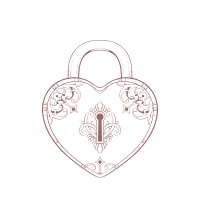
Can Palmistry Predict Your Path Incorrectly?
Delving into the accuracy of palm readings, this article examines whether palmistry can lead to incorrect predictions about one's life and destiny.
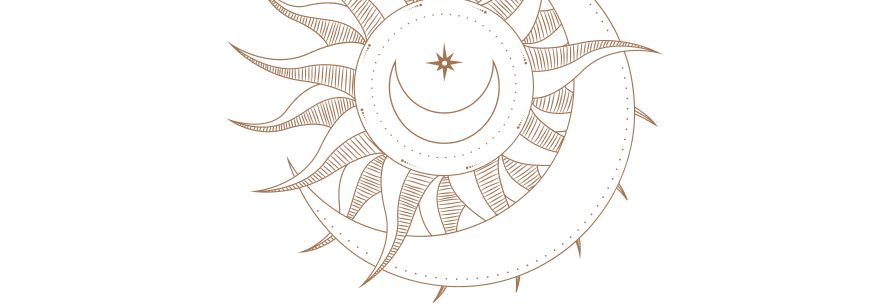

The Possibility of Palmistry in Cancer Detection
Examining the claims that palmistry holds any potential in identifying the risk of cancer: a deep dive into the world of mysticism and medicine.
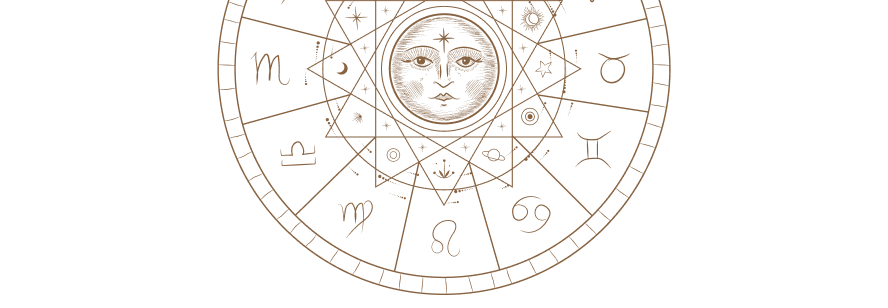
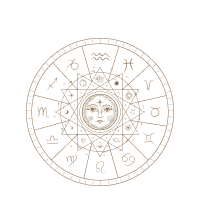
Palmistry Basics: How to Read Your Hand's Secrets
Learn the basics of palmistry with this guide on how to read the lines and shapes of your hands to reveal insights about your personality and future.